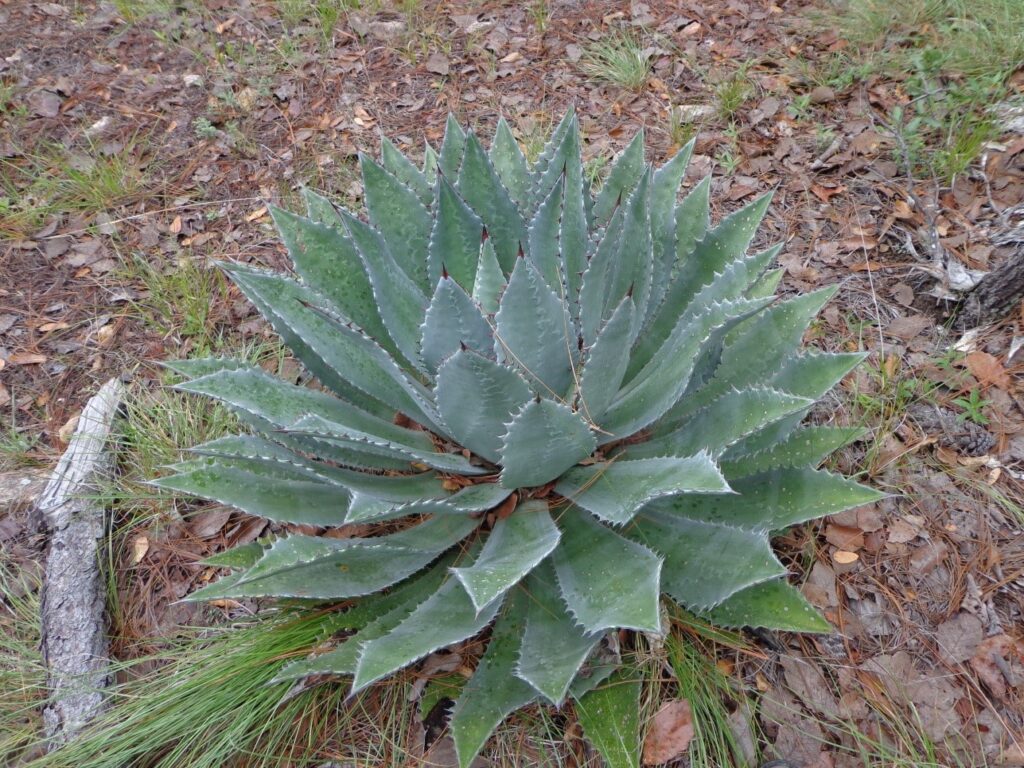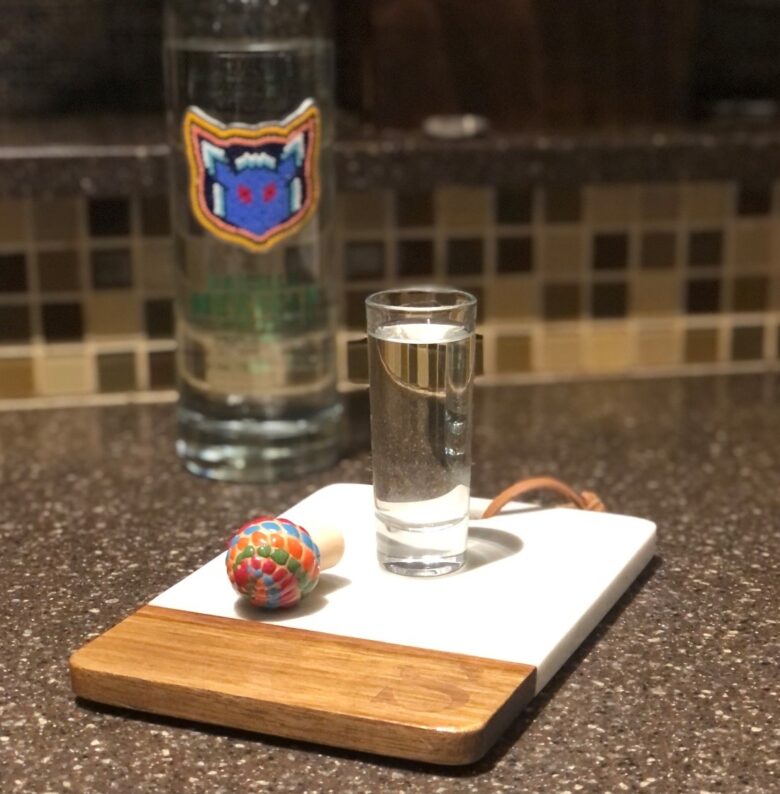I originally set out to mix my way through the top pre-prohibition cocktails for fun. Then moved onto prohibition and Tiki cocktails, then added the IBA (International Bartenders Association) official drinks. I am now exploring some very odd and unusual drinks that require equally odd and unusual spirits and mixers. So, I thought it would be a good time to take a deep dive in to some of those ingredients. Partly to help spread the word, and partly to make sure I have all my research in one place. I hope you enjoy.
Raicilla (Ray-see-ya)
BACKGROUND
My daughter and her partner bought me a bottle of this little beauty last spring for Father’s Day. I love a good tequila (as much as I detest a bad one), and have come to really enjoy a smoky mezcal, but this agave spirit has quickly become my favorite. Think of it as tequila’s mother. Also from the center of the agave world in Jalisco, raicilla is much older than the more widely known tequila, and thought by many to predate the arrival of the Spanish into Central America.

As recently as 2017, only one distiller was importing raicilla into the US, but it has begun to explode on the spirit market. Fermented agave has been part of the indigenous people of Central America for a very long time, and when the Spanish arrived in 1596, the practice of drinking pulque, the fermented sap from the heart of the maguey, or agave, was considered an ancient practice. There is some evidence that the Indians of the region were distilling it beyond the mildly alcoholic pulque, but regardless, it really hit its stride shortly after the Spaniards began running out of brandy and were looking for anything to distill. Despite what you read in your history books, this was typically of immediate importance to settlers, as water could be dangerous, and a little bit of alcohol went a long way to making a safer source of hydration (this is one of the first tasks the Puritans set out to do once leaving the Mayflower, fermenting everything from squash, to corn, to even grass). Beer and wine have a shelf life, while distilled spirits (spirits above 17% are typically thought to be shelf stable unless they are relatively high in sugar content) travel well and are unaffected by temperature fluctuations.
Mezcal distillation (all tequila is mezcal, but very little mezcal can be called tequila or raicilla) on a large scale began in 1608 when the first tax was recorded for ‘mezcal wine’. The village of Santiago de Tequila within the state of Jalisco was founded in 1530 by Franciscan friars. There are 200 different known agave species, many having adapted to specific areas and climates, and the area around Tequila has a very high concentration of the Blue Agave, and that coincidence is what created tequila. Tequila must be made with at least 51% Blue Agave (the good stuff is 100%), thanks to Don Cenobio Sauza who determined in 1873 that the Blue Agave made the best mezcal, and this specific mezcal began to be called Mezcal de Tequila. The simplified name Tequila was first used by a French traveler in 1854, but it was decades before tequila became widely used to refer to the mezcal from Tequila.
Mezcal on the other hand can be made with virtually any agave. While Tequila is relatively consistent due to the use of only Blue Agave (excluding quality and aging), mezcal varies wildly, with many villages or even families following their own recipe – sometimes handed down for centuries. Enter the Denominations of Origin (or DO). To protect the unique properties and taste of tequila, regulations have been enacted to protect the name brand, or what can legally be called tequila. The way it is fermented, distilled, acceptable ingredients in what specific ratios are present (much like bourbon or rye) – even the region it can be made in (much like Champagne or Calvados). On the plus side, it produces a consistent spirit and protects the region economically. On the downside, it limits as well. It, in the end, protects the larger producers at the expense of the family distiller who cannot afford the specific equipment or processes. And it kills experimentation. Imagine if everything called spaghetti sauce was regulated and there was only one specific way to make it, and only using a regulated list of ingredients. Some would call that boring.

This is where raicilla comes in. Raicilla is also an agave based spirit originally made in the state of Jalasco. But Jalasco is home to many different agave species. And agave is one of the best base plants offering significant terroir. Terroir is the term for the characteristic taste and flavor that the natural environment imparts into the final product. Wine, coffee, hops, and agave all impart part of their natural environment into the final product. Raicilla is primarily created from the agave on the coastal regions of Jalisco around Puerto Vallarta and Guadalajara. It comes in one of two different types: de la costa (of the coast) and de la sierra (of the mountains), although de la sierra is far more common. There are two primary ways the agave hearts are prepared, either pit-roasted, resulting in a more smokey mezcal-like spirit, or clay-roasted, creating a smoother, cleaner spirit much like a strong gin.

Mexicat Raicilla is a de la sierra raicilla, roasted in clay ovens and uses 100% Maximiliana Agave. Mexicat is a distillery in Guadalajara, and they produce tequila, mezcal, raicilla, and sotol (even harder to find than raicilla). The agave hearts are roasted in igloo-shaped clay ovens, pre-heated with burning wood. Once hot, the embers are raked out and the agave hearts are placed in the oven for two days to roast. After they cool, the hearts are crushed to release their syrup produced by the roasting, and this syrup is fermented and distilled in copper pot stills to produce the slightly smokey joven (or clear, unaged) spirit.
MY TAKE
This stepsister of both mezcal and tequila is maybe, just maybe, the Cinderella of the agave spirits. While tequila can be bracing in its first sip, and mezcal can be too smokey for many, Raicilla hits all the right notes. It has a rich, sweetish vegetal agave smell, and the first taste is the opposite of tequila. It is a ‘cool’ spirit, and there is no burn as it hits your tongue or throat. It is exceedingly smooth, but still rich in its flavor. It has grass and vegetal notes, with just the faintest smoke taste. Have you ever had a day of hooking and slicing at the golf course, and you suddenly rock one down the middle of the fairway, landing in the perfect spot to chip onto the green? This is the spirit equivalent.
HOW TO USE IT
Like many agave spirits, raicilla is traditionally taken neat in a shot, either slammed – or my preference – sipped (it can be purchased in unmarked bottles on the roadside around Guadalajara). It is a wonderful sipping spirit either at room temperature or chilled. I typically sip it straight from the cabinet in a tall shot glass, but it is brilliant right out of the freezer. That said, it is beginning to show up in mixed drinks and cocktails, wherever a grassy, earthy spirit plays well. I would imagine anything that calls for a French Rhum Agricole or a cachaça is fair game. I have so far made only the Prietoni, which is a riff on the classic Negroni, swapping out the gin for the raicilla. It shifts to an earthy, less bitter aperitif, with grassy Agricole notes. Not your thing if you are looking for a daiquiri, but plenty wonderful if you like a less sweet but complex cocktail. And if you like tequila or mezcal straight – you will probably like this too. And as a bonus, each bottle has a hand-made Mexicat cat on the bottle – all different. If you are into collecting odd things.
Cheers!
Bill
AotCB-045
Instagram@architecture_of_the_cocktail
Architecture of the Cocktail: SALT, TEQUILA, LIME! SALT, TEQUILA, LIME!



